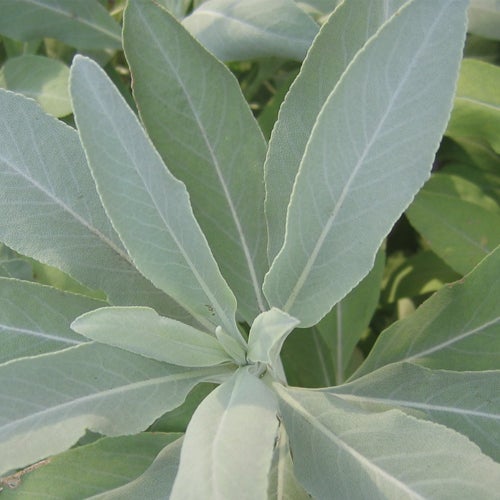Pooh Bear’s Paradise
BACK TO FULL TOUR
Garden Features
Edible Garden
Graywater System
California Natives
Drip Irrigation
Rainwater Harvesting System
Sheet Mulching
Smart Irrigation Controller
Lawn Conversion
This organic garden is an on-going experiment in fun and, hopefully, long-term sustainability.
I bought the home in 1992. It was built as a summer home in 1903. The prior owners of 42 years grew show-worthy chrysanthemums, as well as many fruit trees, many of which I inherited. At the beginning, we named it Fruit House since there were so many fruit trees. We experimented with canning until I realized it was too much to keep up with for one busy soccer and baseball Mom.
Forming A Community Garden
In 2002 I started inviting friends and neighbors to use it as a Community Garden. In any given year, we’ve had 4-10 community garden families since then. Currently, we have 6 families growing in the garden. We jointly decide each year what to grow where, and then share the harvest. Some examples of our efforts are:
- The house is run on solar electricity
- an owl box for rodent control
- Honey bee hives
- a bat box for mosquito control
- hens for company and eggs
As well as some larger projects & harvests:
Rainwater Catchment & Retention
The rainwater system includes 2-1100 gallon tanks and 2 rain barrels.
The solar panels are also being used to feed the cisterns by blocking the gaps with metal tape and putting a gutter at the bottom of the panels, an idea I had and implemented.
There are a variety of mulches to protect the soil and retain water.
Drainage
The Nun’s Canyon gravel patio, where the outdoor dining table is, used to be a lawn area. I solarized it, and then put down permeable fabric and the gravel. The smaller patio area at the front of the new cottage was done similarly.
New Cottage
The cottage was built with practicality and the environment in mind. The excavated soil was used for the new large beds above the rainwater cisterns and little greenhouse/tool shed.
Crops & Plants
Currently, there is a persimmon, large plum, a small yellow plum, small red plum, two pears, an Asian pear. There is a lemon bush and olive tree in the driveway area.
The microclimate of the upper beds is much hotter than closer to the back of the house. There is a rock outcropping near the gravel patio area that ‘houses’ several types of succulents.
Over the years, we have grown corn, eggplant, pumpkins, peppers, tomatoes, asparagus, fava beans, cucumbers, peas, watermelon, strawberries, tomatillos, garlic, onions, various herbs, raspberries various squashes, etc. All have been grown with varying success, some years better than others.
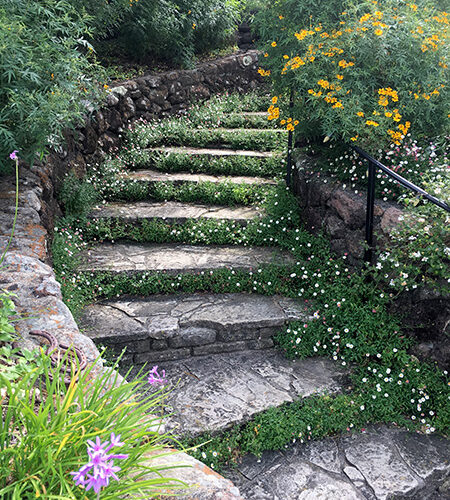
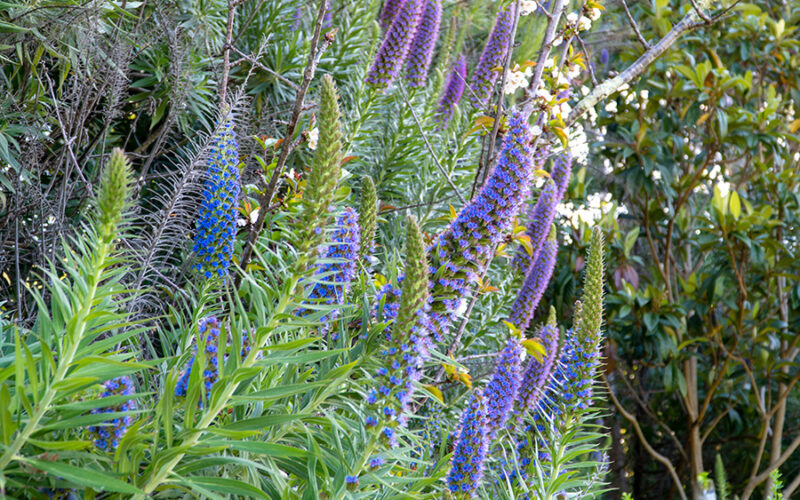
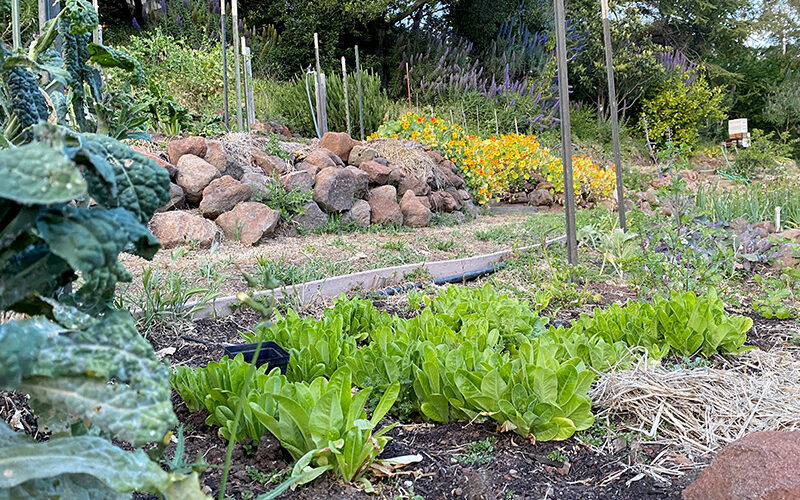
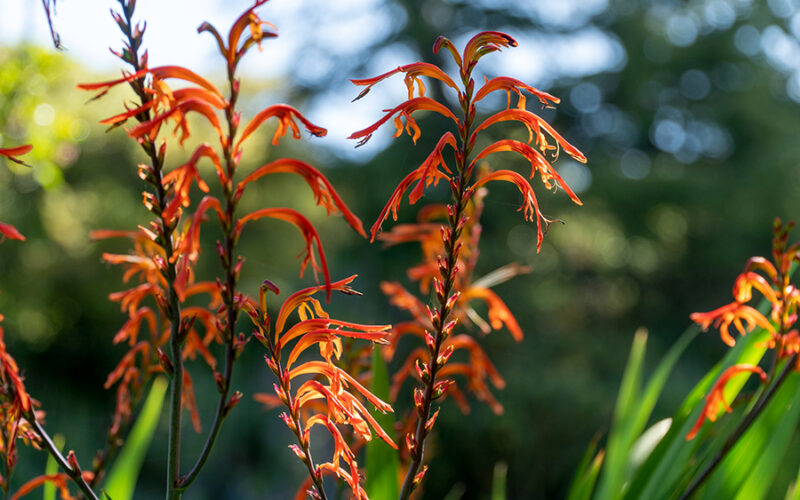
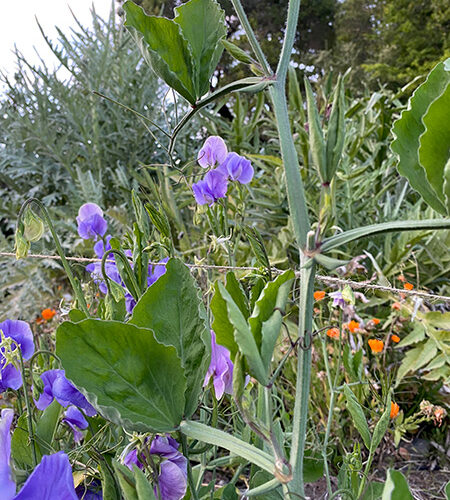
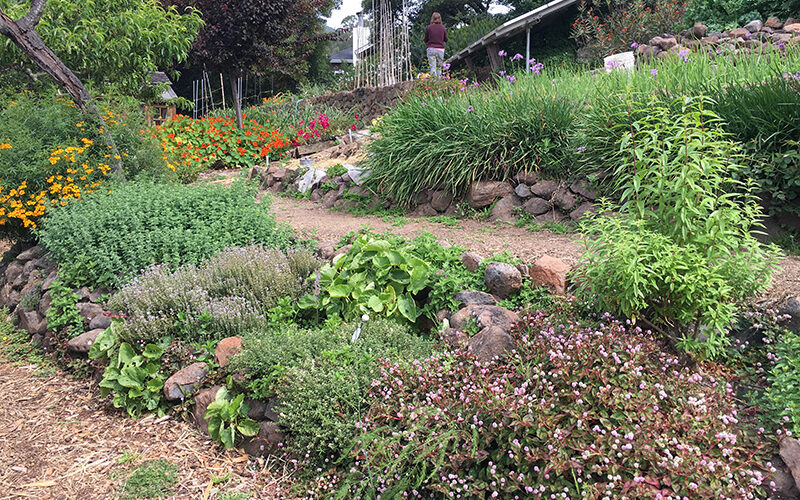
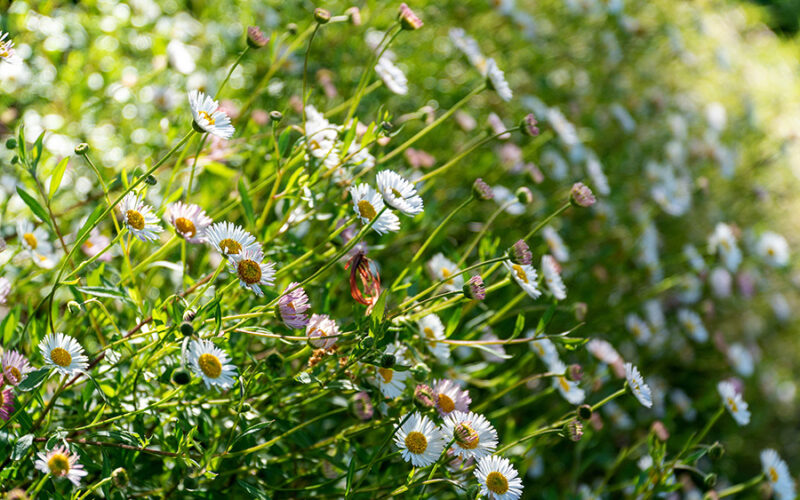
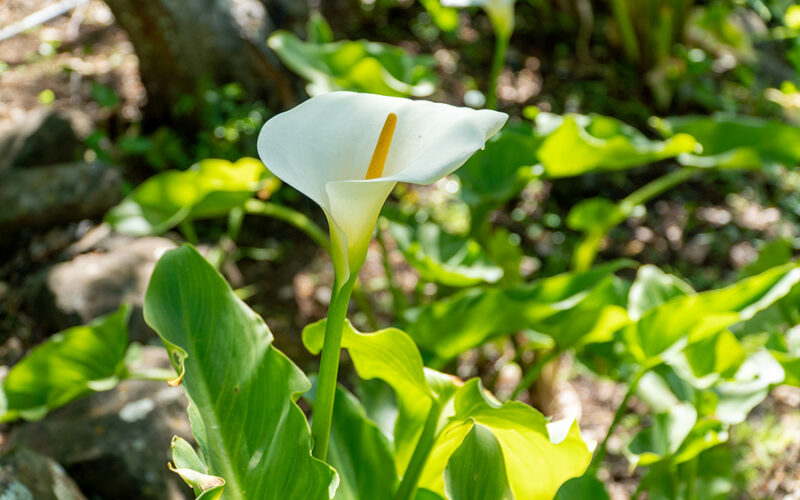
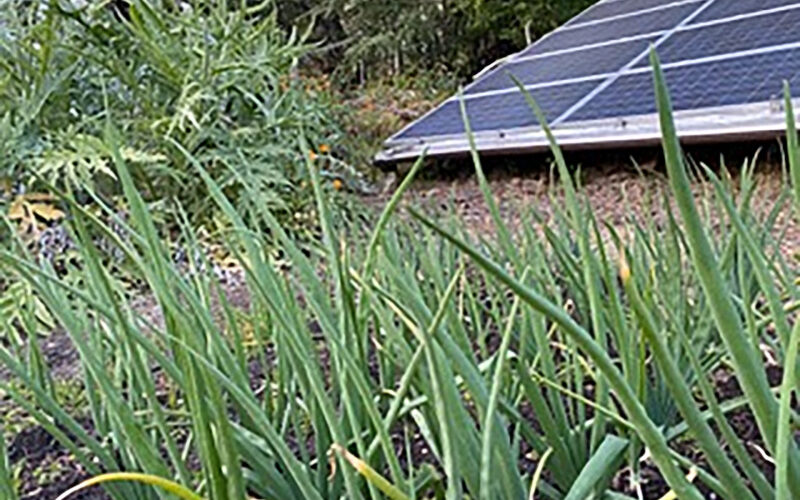
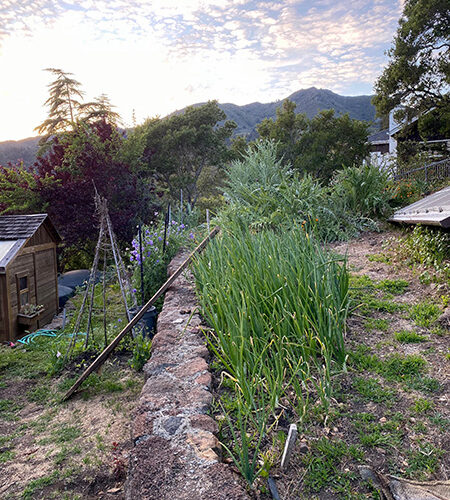
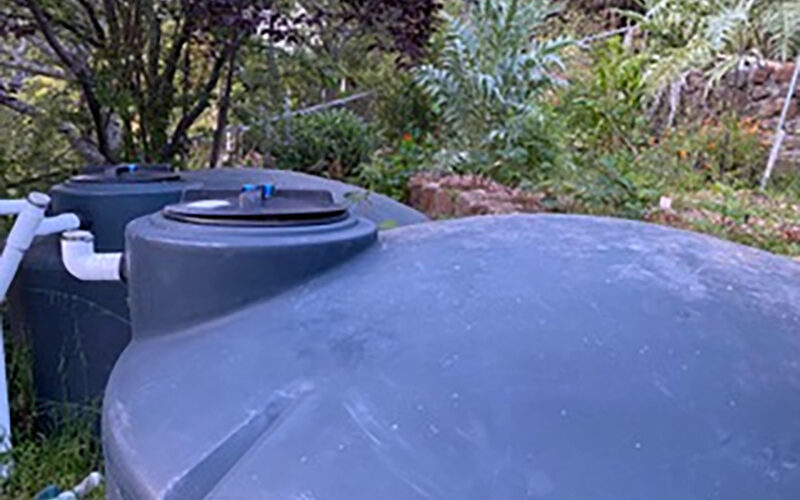
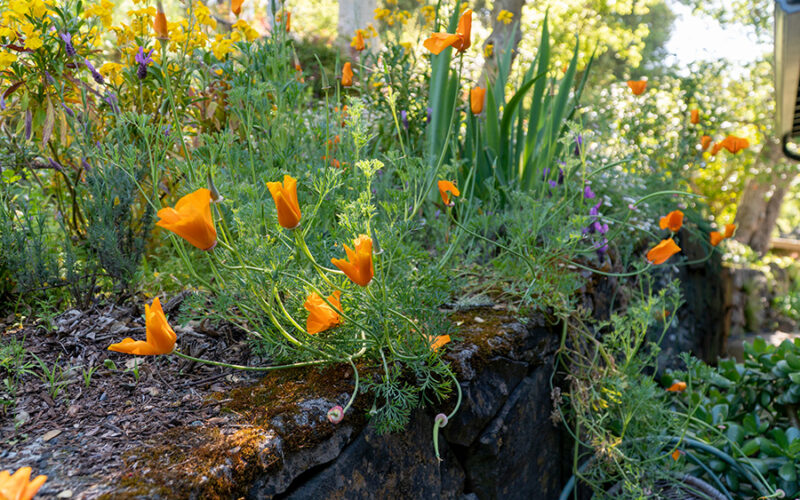
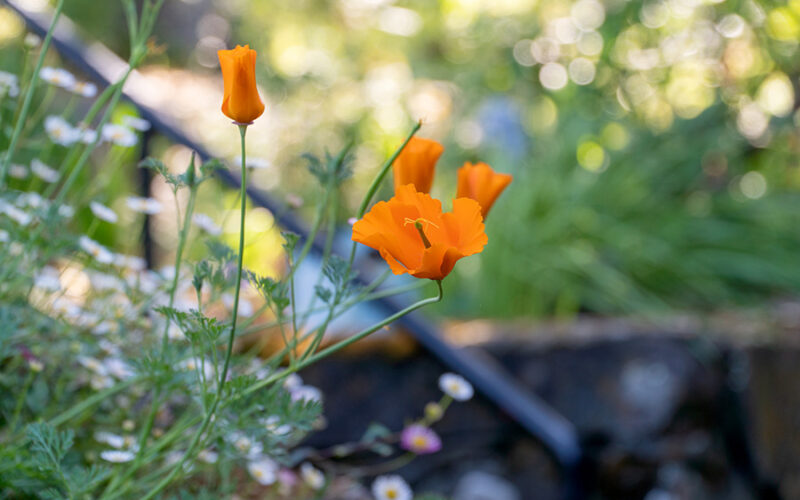
Plants in this Garden
Top 5 Plants: salvia, poppies, flowering currents, for example— I really have enjoyed the flowering currents this early Spring (ribes sanquineum).
Gardening Tips
Plant Easy-going Plants
Plant as many perennials and un-fussy plants as possible, and let things reseed if they will!
